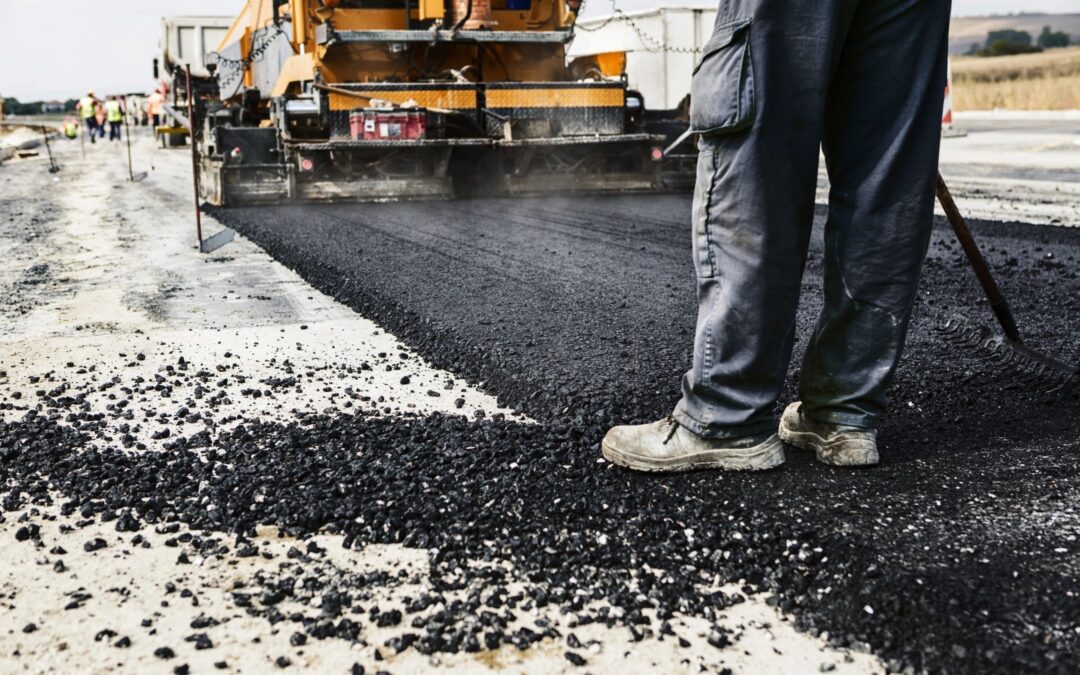In past articles, we have talked about roof and rain gardens as methods to reduce the amount of stormwater runoff reaching storm drain systems by filtering out contaminants and leeching them back into the groundwater. However, if we look at any city or developed area, it will become quite clear that there are always many paved areas around; the traditional type, such as asphalt or concrete. And these types of materials are usually waterproof. In other words, they do not allow water intrusion, at least not intentionally. However, water may seep in, which is usually viewed as problematic because water can cause cracking, failure, and severe potholing. However, there are porous materials that are designed for infiltration.
Porous or pervius asphalt has been around for many years worldwide. Therefore, we now know the many virtues and disadvantages of using this material. For example, since this material is porous, it can also take in small debris, such as dust, organic material (leaf bits), and other nuisance objects that can clog up the fine crevices (pores); and that, unfortunately, decreases its perviousness, which is the primary use of this material and why it is so attractive. Therefore, porous material requires maintenance, such as special vacuuming, to keep the gaps free and clear of clogging debris. And although the maintenance does come with a cost, which varies dramatically based on area, type, and other factors, the benefits far outweigh these expenditures.
Permeable pavement has various advantages. Chief among them are the following:
- Natural filtration – due to its design and structure, permeable pavement filters out contaminants found in stormwater runoff
- Eliminates or, at a minimum, eliminates – puddles and ponding, for obvious reasons, which can be a health and driving hazard that comes from having stagnant water
- Helps reduce the heat island effect – since this pavement is “breathable,” heat absorption and retention are much lower than typical pavement.
- Cost savings associated with stormwater drainage – since most, if not all, of the water is absorbed back into the groundwater, there is less need to add drainage inlets, maintenance holes, piping, and other appurtenances required to drain water away from impervious surfaces.
The most used permeable pavement surfaces, currently being used across the US and worldwide, include pervious concrete, porous asphalt, and permeable interlocking concrete pavers. The first two are mostly used for various roadways, whereas interlocking pavers can be used for sidewalks, pathways, and other similar surfaces. In addition, however, they can be used for vehicular traffic. Most notably, and many of you might have seen these sites, interlocking pavers are a great option for parking lots in rural areas with no stormwater drainage systems nearby. Additionally, interlocking pavers can allow vegetation to grow between the gaps, which also adds to mitigating the heat island effect and provides a more aesthetic and eco-friendly design.
At Sustainable Civil Engineering (SCE), we typically endorse and seek to use permeable surfaces whenever feasible. Additionally, there is enough current data to support using these materials for ADA (Americans with Disabilities Act) ramps, such as slippage coefficients and other factors deemed critical for designing these surfaces.

